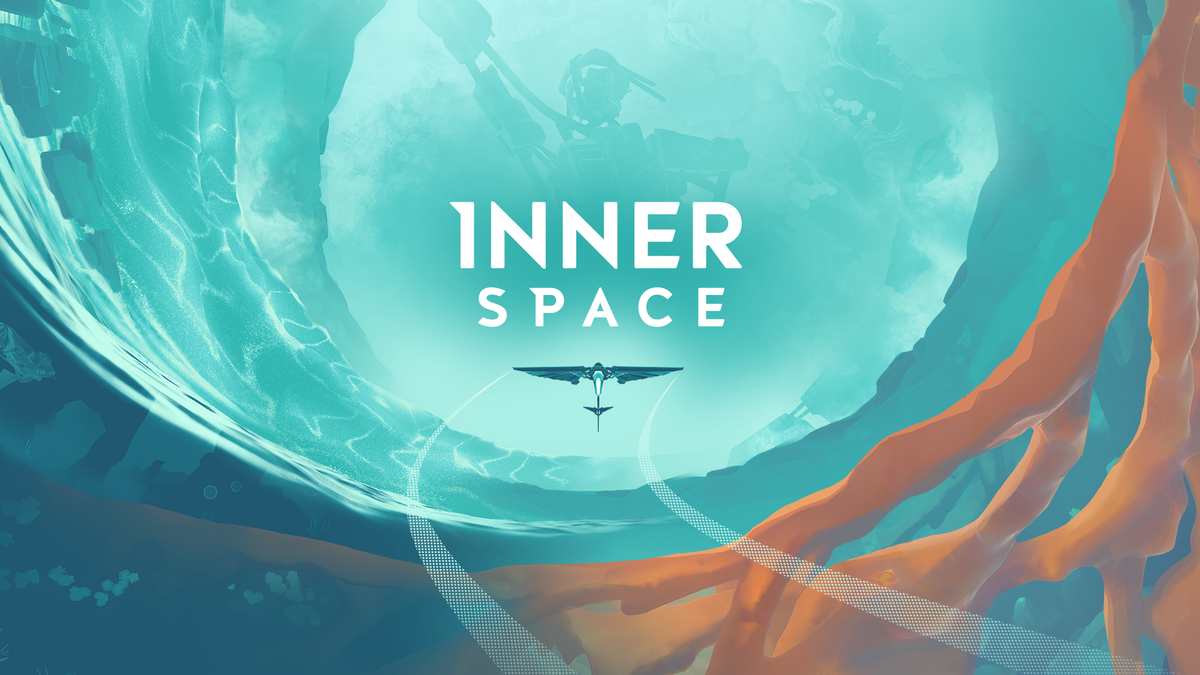The spectrum of gameplay, as time goes on, has become broader and broader. In turn, the market for the industry has grown, due to the accessibility as a result of this broader spectrum. By foregoing the execution skill and difficulty barriers associated with most video games, developers double down on other aspects, such as aesthetics or story. InnerSpace is another product with a similar vain, but sadly it doesn’t quite take off too far from the ground.
Platform Reviewed: PS4
Platforms Available: PS4, Xbox, PC, Mac OS, Nintendo Switch
Developer: PolyKnight
Publisher: Aspyr
Release Date: January 16, 2018
Price: $19.99
This review is based on a review code provided by Aspyr.
InnerSpace is a game about this lost world that was once so technologically advanced and harnessed a power called Wind, which helped them prosper, but also caused their downfall. You play as a cartographer — a machine used by the demigods of this lost world, who were known as The Ancients — who was reconstructed by a traveler, known as The Archaeologist. Your goal is to help the Archaeologist discover and learn about this lost world, by uncovering relics and speaking with these demigods, who were thought to be long dormant.
That is the main game loop of InnerSpace, by exploring each little area, you’re rewarded with lore tidbits and slowly understanding what happened to this Babylon-inspired civilization. The game does give you a form of guidance in finding these places to uncover the lore, where trails of orbs containing Wind will sometimes lead you to your next objective. A problem does arise though, in an attempt to keep an air of mystery about the lore and story of the game, InnerSpace stays vague, and painstakingly so. It’s a joy to experience a game that just lets you go and figure it out, but there’s a difference between freedom and leaving you in the dark. There needs to be that logical leap from point A to B, but from time to time InnerSpace makes it jump too far for the player to figure out. Adding on top of the frustration of being lost is the way the game controls.
In InnerSpace there are two modes of traversal; flying and diving. Both control the same, at different speeds and physics, but the way they control is the problem. The game uses a dual-stick control scheme, where one focuses on your altitude, while the other focuses on turning and speed. It’s a closer step towards complexity that gives more options and is sure to reward those who put in more time to understand it. Unfortunately, it will cause you to lose all sense of orientation at times, which makes traversing unknown landscapes more difficult than necessary. Prepare to crash into your surroundings and feel even more lost than you were from the beginning. There are upgrades available to help customize how you want to fly or dive, but it’s never enough to alleviate the frustration. For what the game is going for, with a more relaxed and slow-paced experience, it would have been more favorable to just implement an arcade control solution, where one stick controls all movement and the other focuses on the camera.
What InnerSpace lacks in controls and gameplay, it makes up for in presentation. The game is a trip to look at, and although it may not be technically impressive for today’s standards, it excels in art design and the accompanying soundtrack. InnerSpace uses pastel colors in a coherent manner that makes each different location a part of a bigger world. There’s no disconnect or inconsistency, however, the downside is you being able to distinguish and discern your surroundings. At least when you’re lost, you’ll have a pretty game to look at. Also, while looking at this pretty game, you’ll have an ambient techno score accompanying you on your journey. Although not every moment is brought up through the soundtrack, but when it does hit, however, it makes for a complete experience that is quite satisfying.
Overall, InnerSpace is a tough sell. It’s certainly not a unique game among its contemporaries and doesn’t even attempt much to try and differentiate itself. It does accomplish certain aspects of what it offers you, where it can be a tranquil and slow-paced ride, with an appropriate presentation that is pretty to look at. Its merits, however don’t out way its faults and can lead to a frustrating experience when looking at the whole package. InnerSpace doesn’t quite soar to the heights it needs to be a good game.










